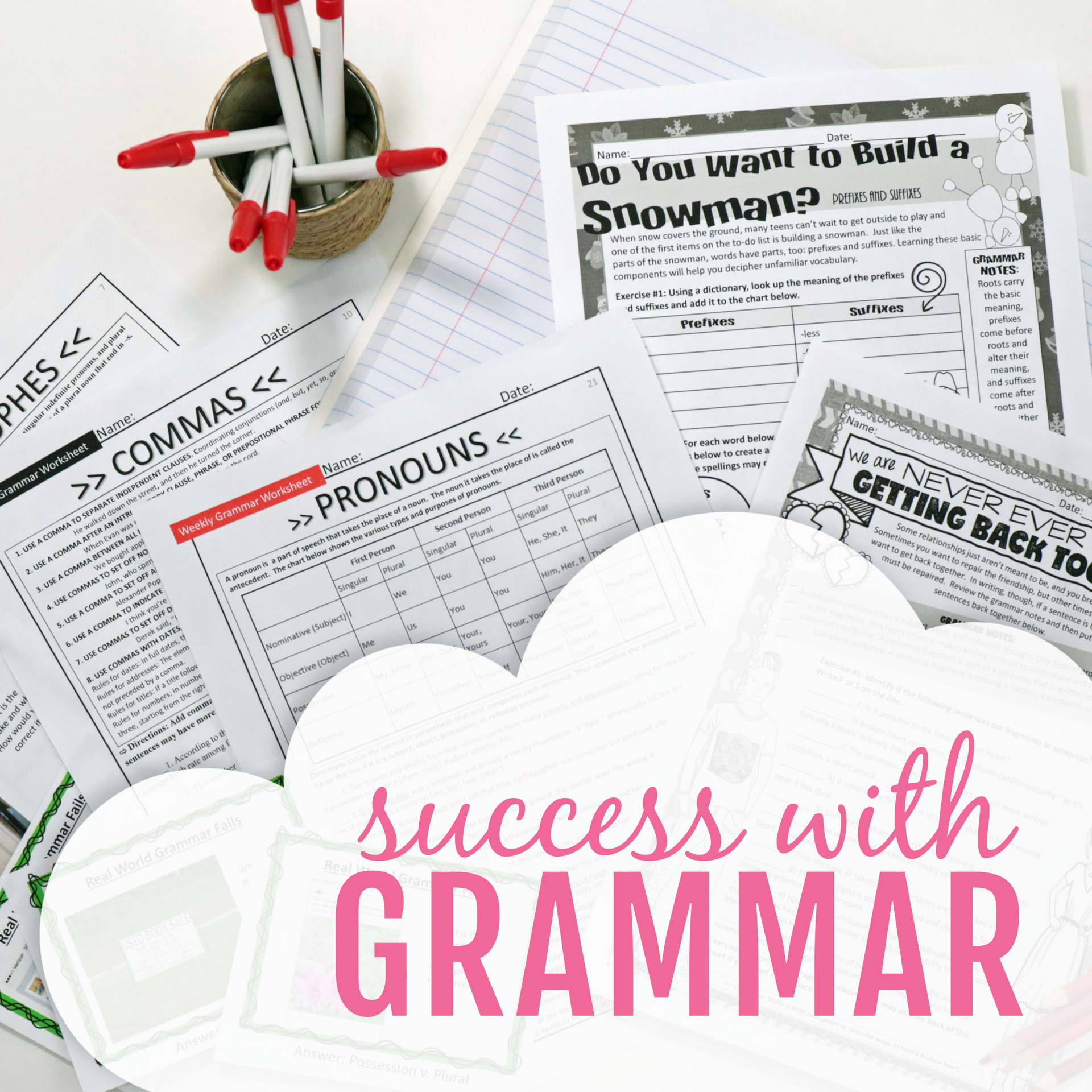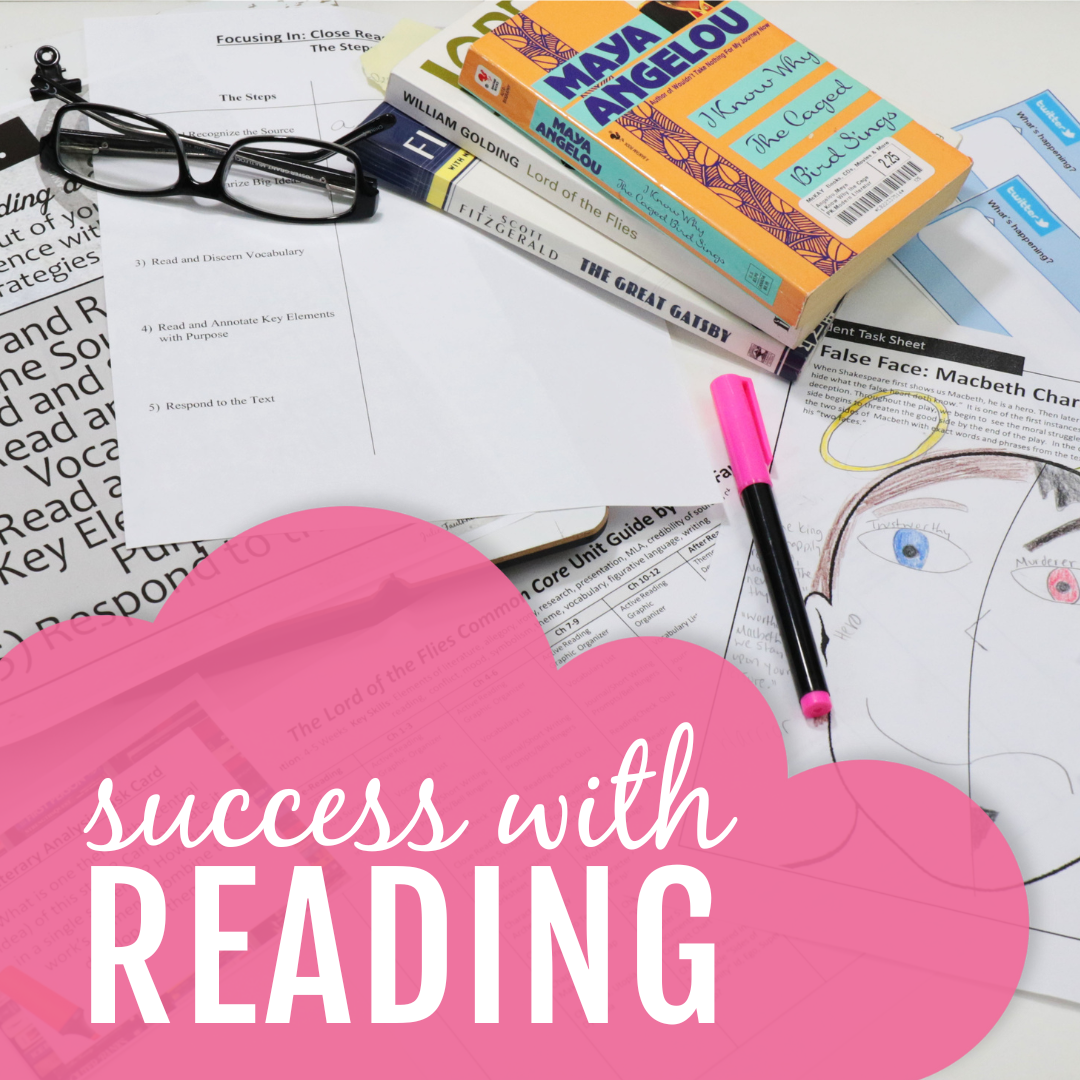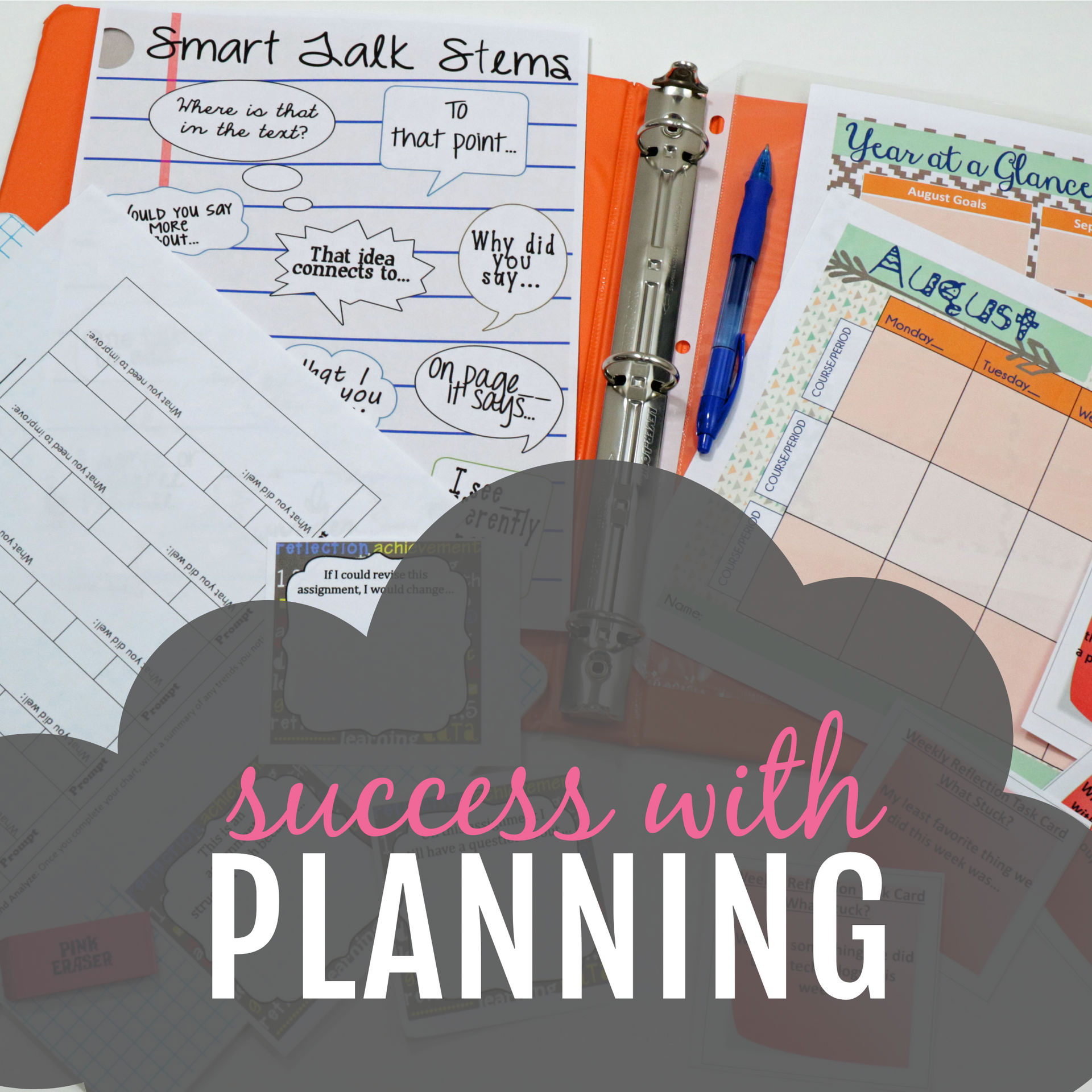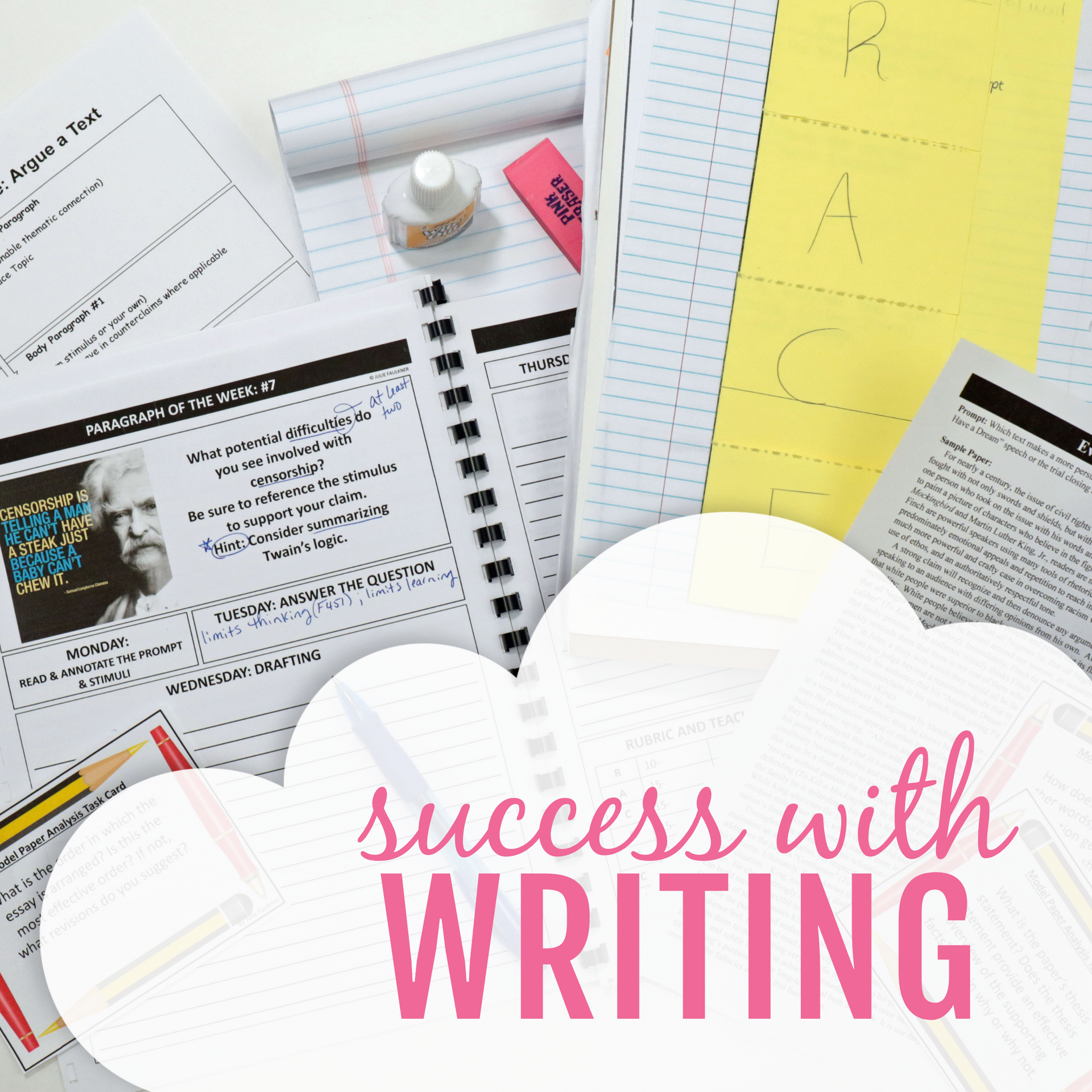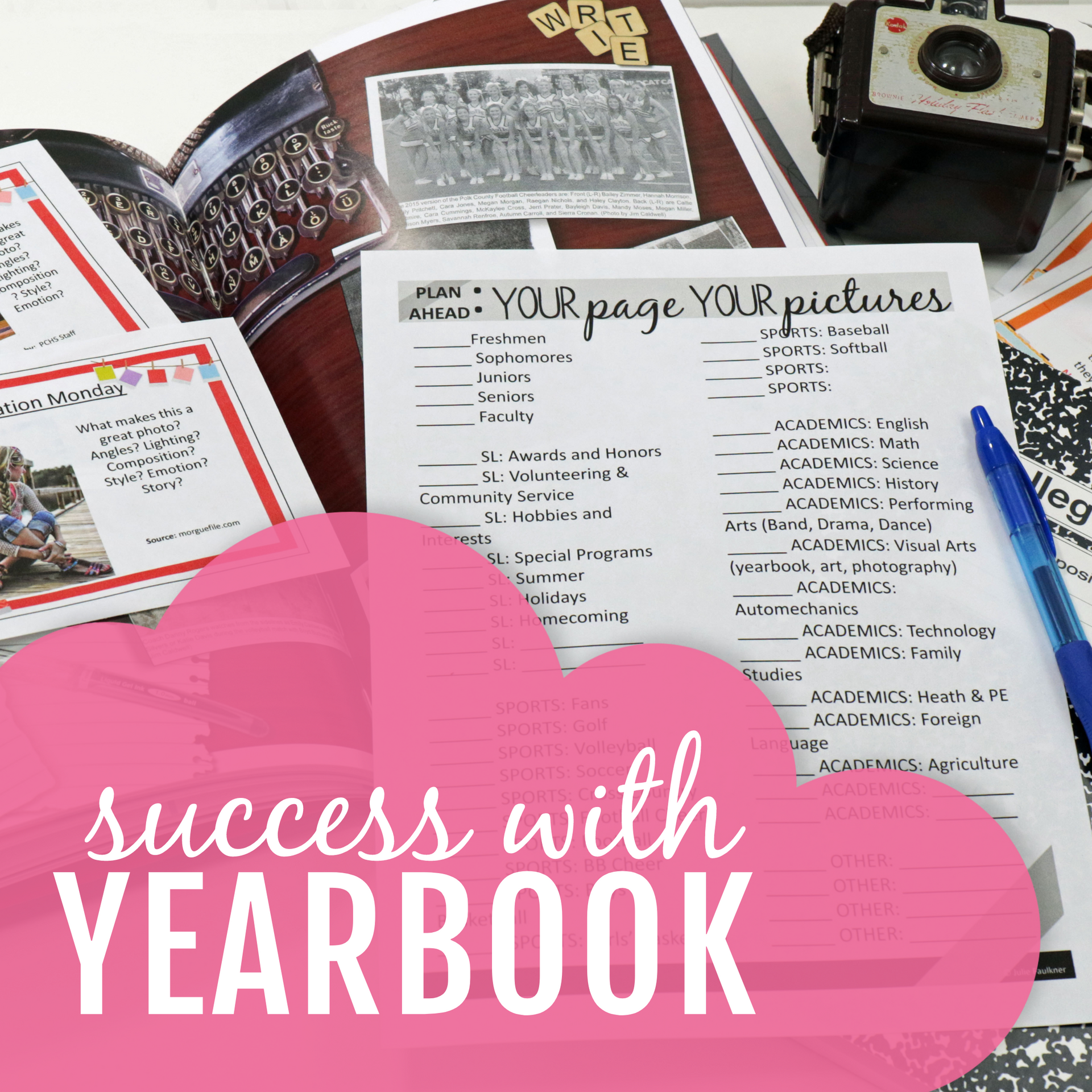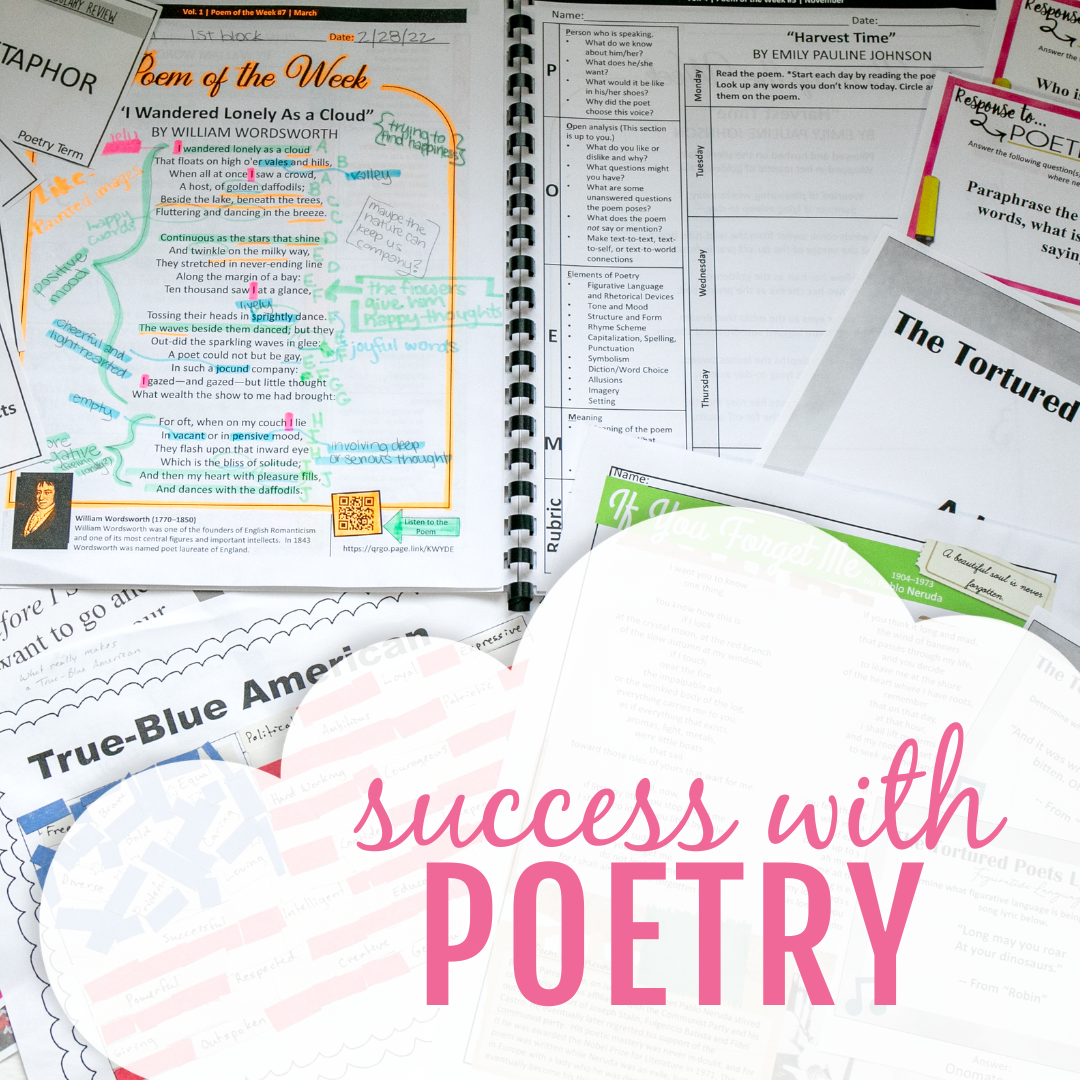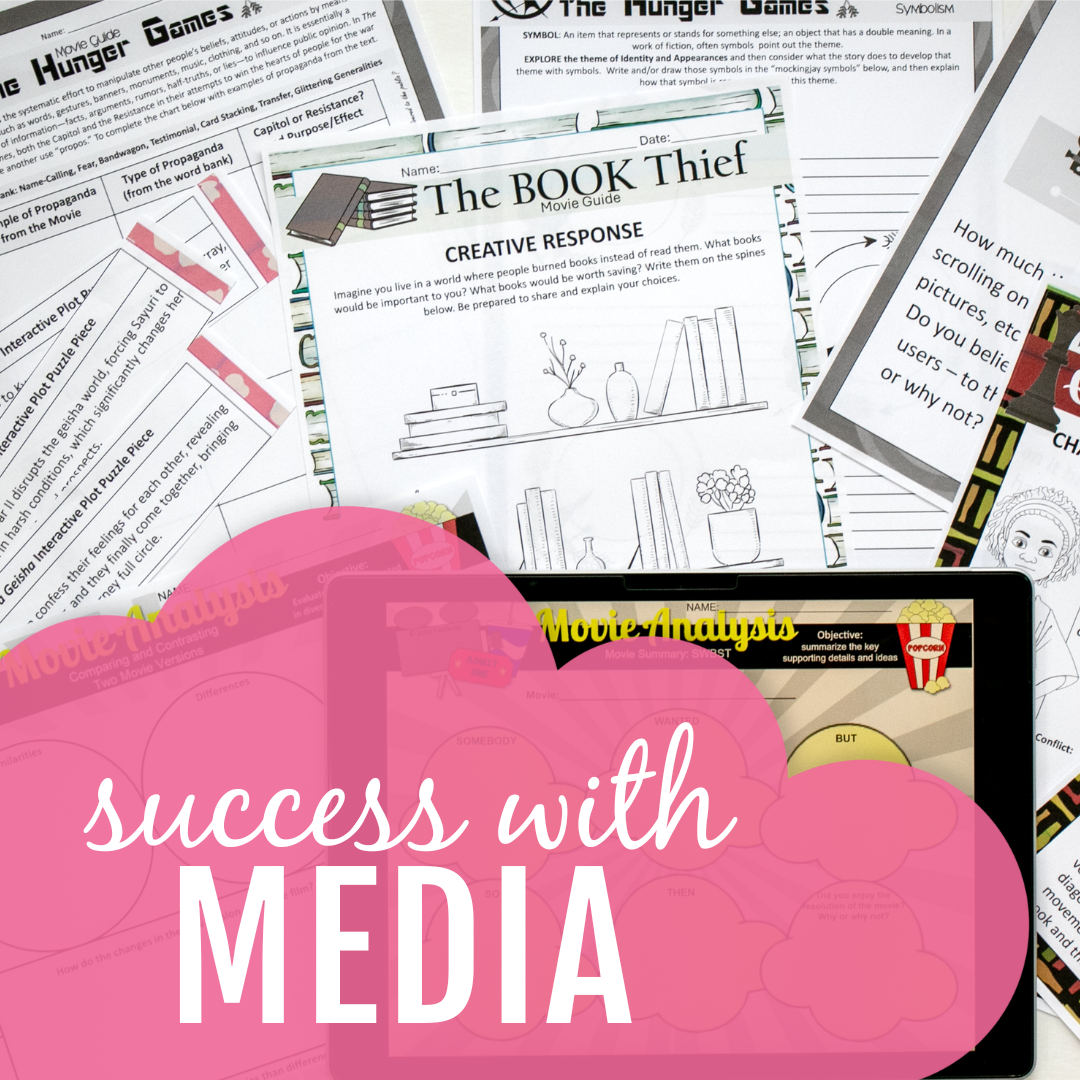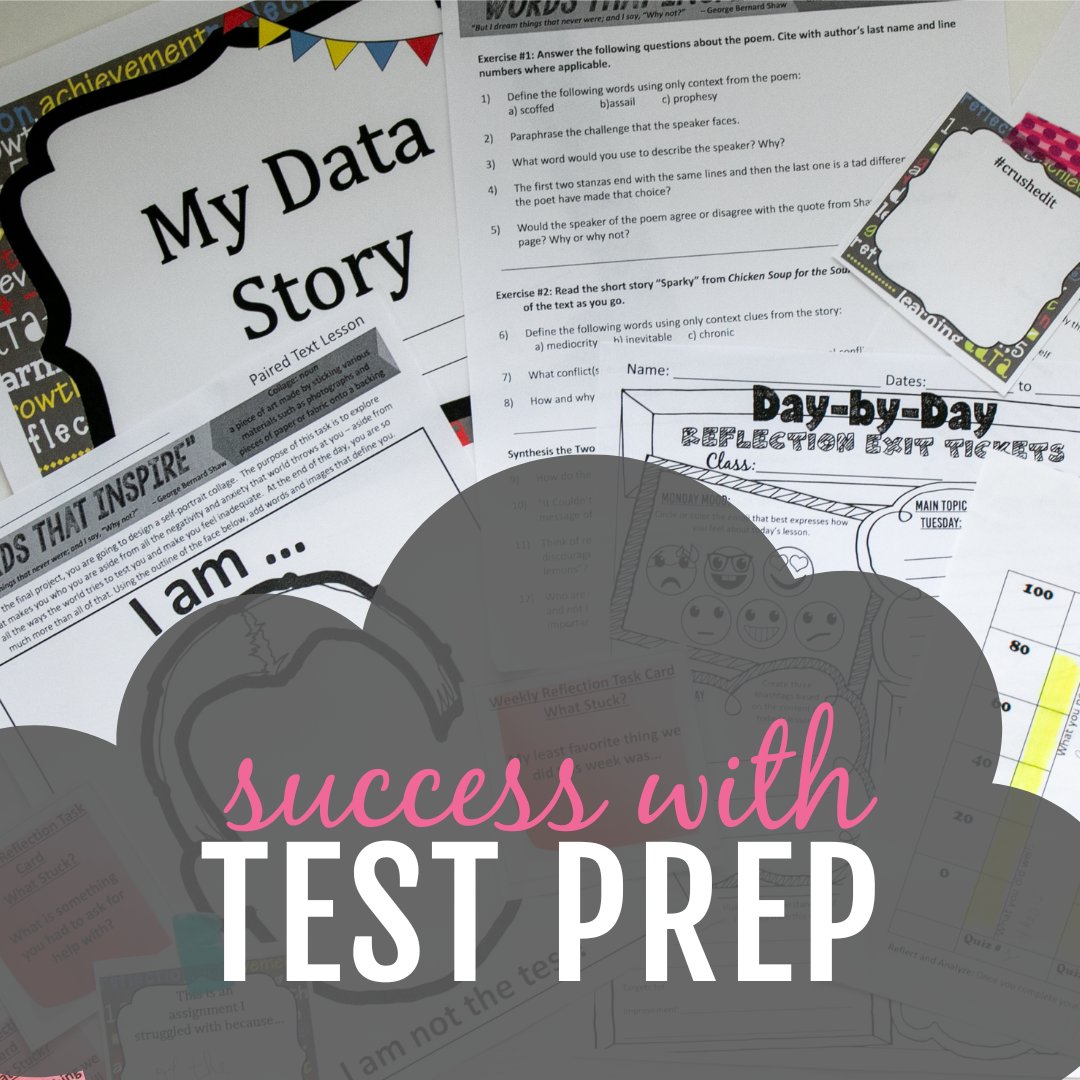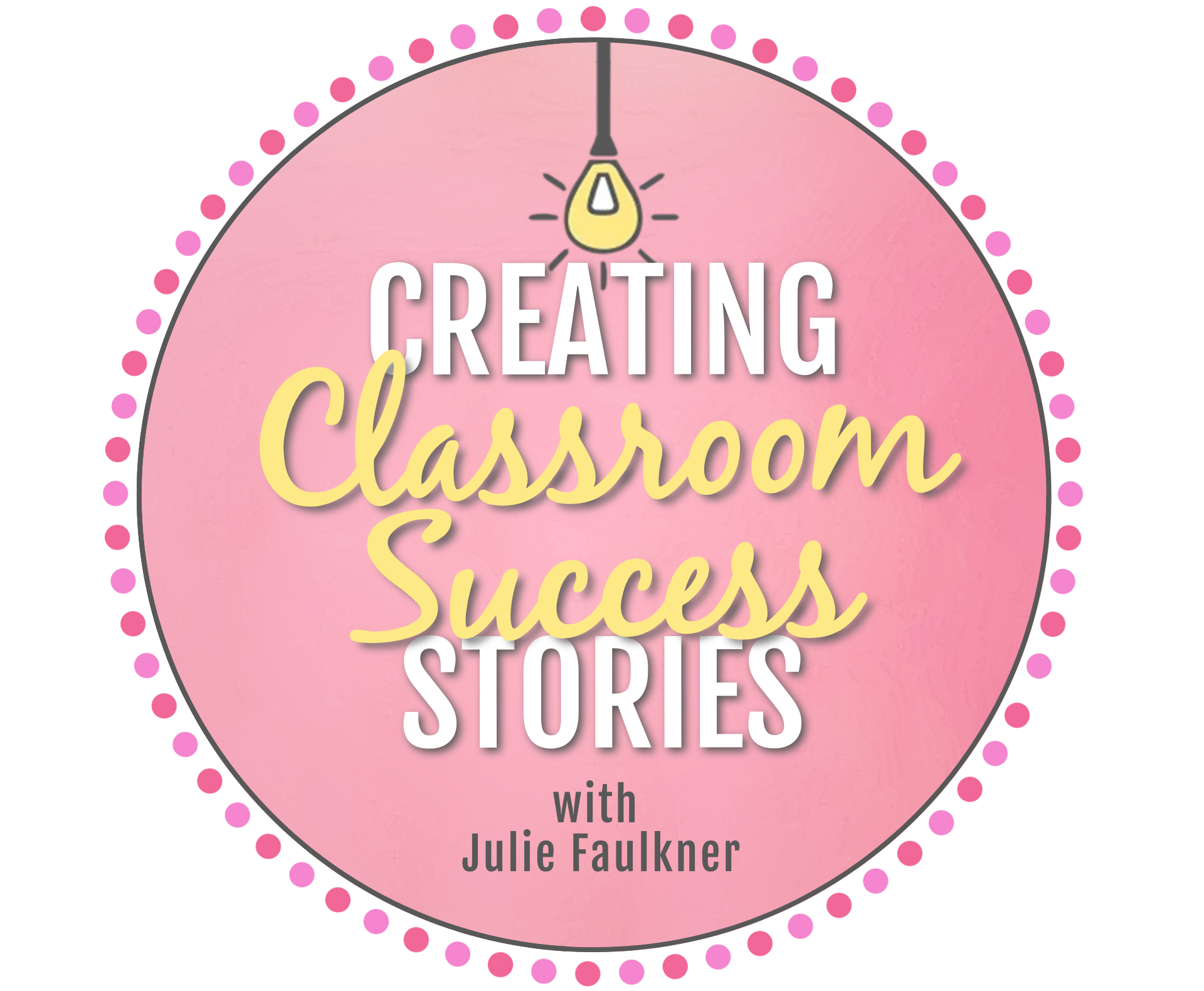Success with Writing

If you're an ELA teacher looking for consistent, no-prep bell ringers for the entire year for middle or high school students, this post is your goldmine. With 36 weeks of grammar practice, writing prompts, poetry analysis, or reading comprehension activities, you’ll have your entire year of bell ringers planned!

Let me let you in on a little secret: I actually like test prep season! I don't love that students have to take the tests (we can discuss that another day), but what I love is that this time is when we can slow down and reflect. There's no more pressure to teach new material, and it's also a signal that the end of the year is near! However, I know that means students are also super close to done and prepping for tests can really start to wear them thin. That’s why I stick to test prep strategies that work—no fluff, no gimmicks, just solid, old-fashioned review. While flashy new methods come and go, the classic approach still delivers results. By focusing on structured review, targeted practice, and immediate feedback, we can keep students engaged without burning them out. Here’s how to make test prep both effective and manageable.

Providing effective academic feedback on writing is one of the most impactful ways educators can support student growth. Research and experience consistently show that timely, meaningful feedback clarifies expectations and helps students develop critical skills for success in writing and beyond. Whether you’re following evaluation rubrics like TEAM or preparing students for AP Language standards or EOC writing tests, creating a system for giving and receiving feedback is essential. In this post, I’ll summarize five key strategies to make academic feedback a game-changer in your classroom.

The excitement is in the air, the carols are playing, the trees are going up: It’s Christmas! What a wonderful time of year for celebrations. If you are like me, though, you want to be sure that you are still keeping your class contained and working on something skills-based through the Christmas Holiday season. Here are the best Christmas holiday lesson ideas, activities, and more for middle & high school teens for all subjects.

Aaaaah. The grading essays burden of the English teacher. It’s a very real struggle for sure. A little while back I did a series on teaching writing, so I’d like to think of this post as an encore to those ideas. (Get started reading that series here at the first post.) Below I’m sharing five practical tips for managing the load.

The writing process itself is, of course, what we’ve been working up to during this series. This is show time. This is game day. This. Is. It. During the writing process, students really have to show what they know. The process itself takes time, and hopefully, you’ve allotted for that. In my writing curriculum, I include a pacing guide for the resources included with it. Here are the steps I follow with my students. (It’s important to note here, too, that I am discussing in this post a writing assignment and not a writing assessment.)

From the history to the hysteria, the fears to the fury, and the lies to the love story, it is understandable why The Crucible is still a staple in many high school English classrooms. There are so many layers crafted in the lines of Arthur Miller’s magnum opus, but that can be a blessing and a “curse.” Such a rich plot line can be a literature teacher’s dream come true; however, it can also raise two concerns: 1) how much is too much to cover and 2) what if I miss something important? We don’t want to “burn” the students with boring information when teaching The Crucible, but we do want to make sure they have the full picture to best understand and enjoy Miller’s creation. In this blog post, I’ll be sharing how I set the stage to engage my students and how to teach Arthur Miller’s The Crucible.

During my time in the classroom, the world has experienced two solar eclipses – in totality. That’s a pretty big deal — so much so that most schools in the area and beyond even adjust their schedules. Of course, I wanted to use it as a teachable moment in my classroom, and “totally” join in on the fun! Therefore, I’m sharing everything you need to know about celebrating the solar eclipse in your English classroom.

